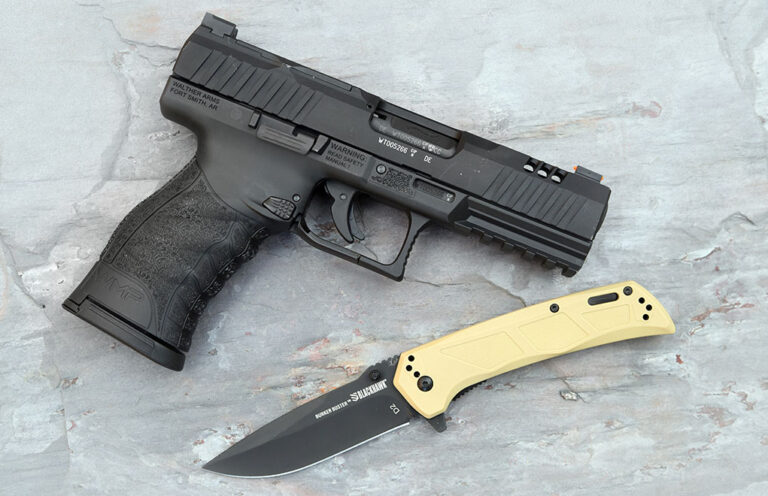
We check out the Walther WMP, a versatile and capable semi-auto .22 WMR pistol that has all the makings of an excellent modern kit gun.
Walther has always been an iconic brand, whether you go back to the early 20th century with the PPK or P-38, or fast-forward to the ’90s when James Bond upgraded to the P99. A few years ago, they released the WMP (Walther Magnum Pistol), a semi-automatic .22 WMR (Winchester Magnum Rimfire) pistol, and It’s proving itself to be an accurate and capable handgun in several ways.
One of my favorite rimfire rounds has always been the .22 WMR, otherwise known as the .22 Magnum. When you find a cartridge you love, you typically want to shoot it in as many different firearms as possible. For .22 Magnum, that’s typically bolt-action and lever-action rifles, often paired with an accurate revolver.
Sadly, semi-auto rifles and pistols are rarely found chambered in this cartridge, but the Walther WMP is setting out to change that.
Walther WMP Specs:
Type: Semi-auto rimfire pistol
Chambering: .22 Winchester Magnum Rimfire
Magazine Capacity: 15
Barrel Length: 4.5 inches
Rifling: 1:16.5; RH twist
Overall Length: 8.2 inches
Trigger Weight: 4.5 pounds
Sights: Optics-ready slide; fixed rear; fiber-optic front
Finish: Matte black
Weight: 27.8 ounces
MSRP: $549
Website: WaltherArms.com
Walther WMP Breakdown
It’s not the first semi-auto firearm to go this route. Many shooters remember AMT’s ill-fated Automag II or Ruger’s attempt at a 10/22 in .22 Magnum. Historically, this cartridge doesn’t play well with others in semi-automatic platforms. However, there are reasons those firearms weren’t successful and why they’re not being made anymore.
Its power factor is such that a simple blowback action will not safely contain the recoil and pressure unless the action is ridiculously heavy. The long, skinny profile and the rim of the cartridge don’t lend themselves inherently to feeding properly or extracting and ejecting consistently, especially when fouling is present.
Walther tackled these challenges in a few interesting ways in order to bring this pistol to market. Firstly, they adapted the styling of the Walther PPQ-M2. There are two sets of ambidextrous magazine releases—a button and a paddle on either side. Unlike most Walther designs, there are no interchangeable backstraps. The magazine makes for a long grip due to the length of the .22 Magnum cartridge.
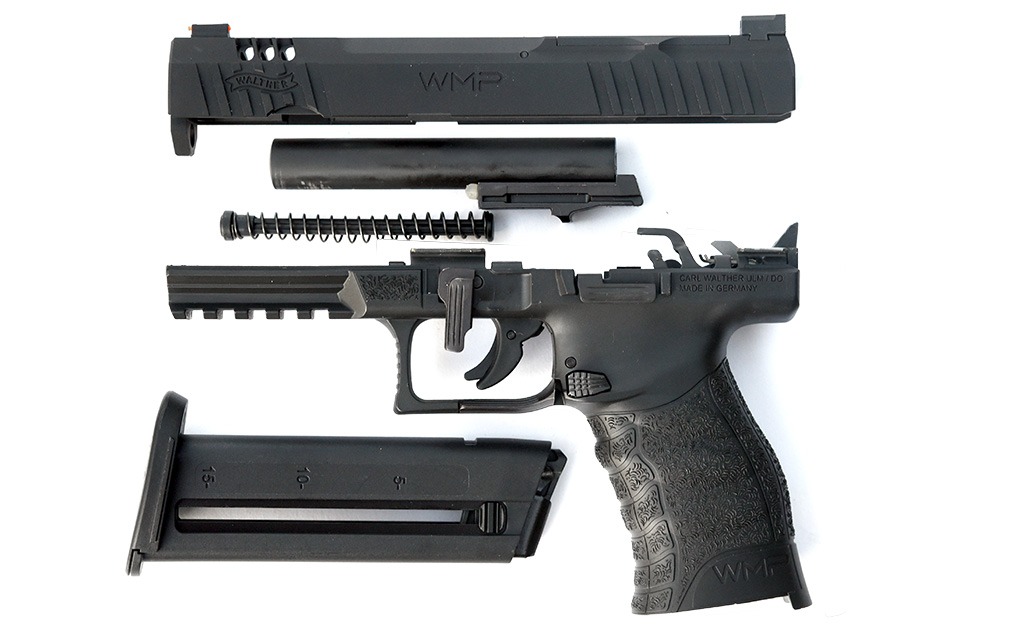
Its barrel is a bull type and is solid. I was hoping for threads, but no joy there. It may seem futile to suppress .22 Magnum out of a 5-inch-barreled pistol like a .22 LR, but sometimes you just want to take the edge off. Hopefully we see this in the future.
The top of the slide is vented for aesthetics … and to lighten it. You might think it’s porting at first glance, but this isn’t the case. It’s capable of having a red-dot sight mounted should you choose to go that route. Like the rest of Walther’s line, the polymer frame of the WMP is richly textured for a solid and secure grip on the pistol. It’s a handful for sure, but it’s still much slimmer than a Desert Eagle. A five-slot Picatinny rail rounds out the frame for attaching lights, lasers and similar accessories.
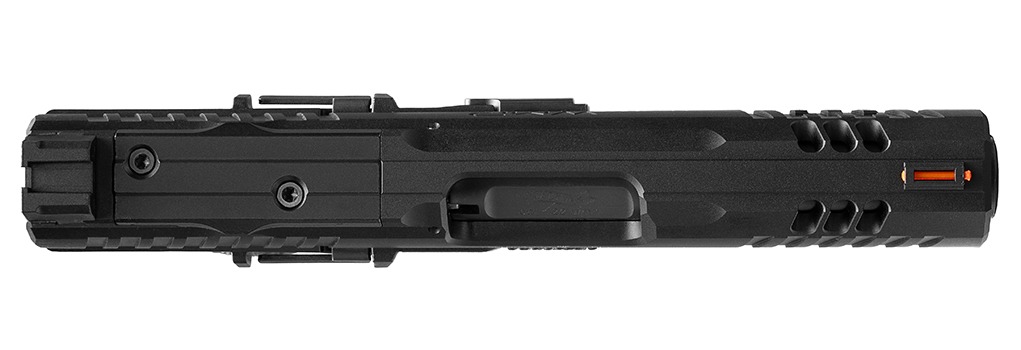

The trigger pull is a nice 4 to 4.5 pounds of pressure, and the pistol is hammer-fired instead of striker-fired. I’m told by Walther that this was how they were to engineer the delayed blowback action with just the right combination of spring pressure.
Why .22 WMR?
Walther didn’t make this pistol just because they could. There’s a genuine interest in the .22 Magnum in a semi-auto host. It might be an evolution of the old kit gun concept as a rimfire pistol to keep in the range bag, tackle box or just to tote in the woods for use against raccoons, skunks and coyotes.
The .22 Magnum debuted in 1959 as a more potent rimfire loading than .22 LR. It was primarily intended for use in bolt-action, lever-action, slide-action and single-shot rifles. In the 1960s, manufacturers of single-action (and a few double-action) revolvers began offering interchangeable cylinders for their handguns to accommodate .22 Magnum.
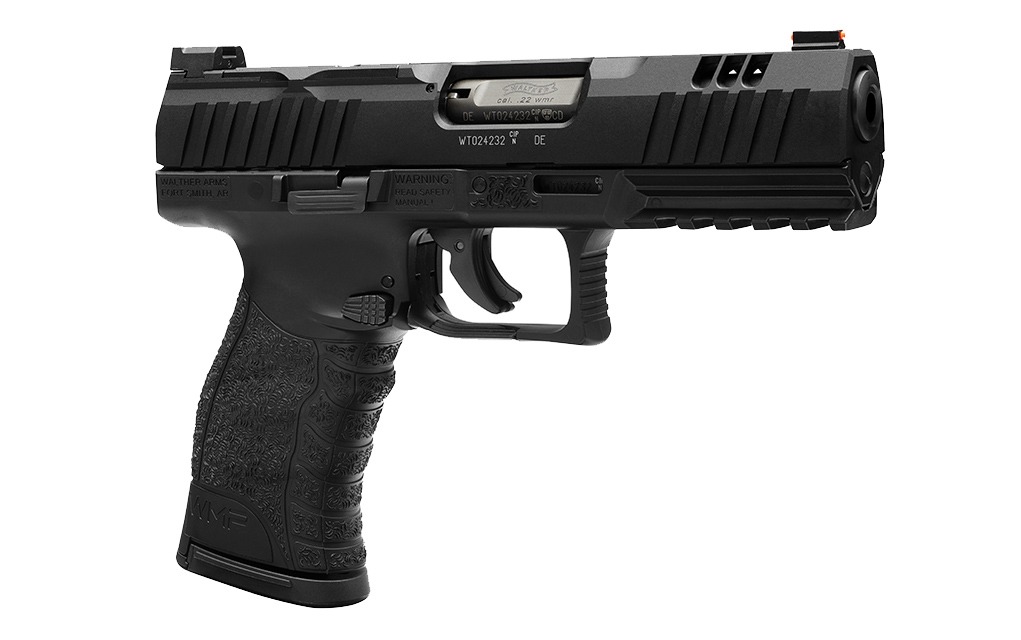

In 1965, the late Bill Jordan wrote in No Second Place Winner that a S&W Airweight in .22 Magnum would be “an ideal backup piece” and called the .22 Magnum a “wicked little cartridge,” more than likely because it matched the ballistics of a .22 LR when fired from a rifle as opposed to the spotty results from a carry pistol.
Unlike the .22 LR, which has a reputation for being dirty, the .22 Magnum runs much cleaner and seems to be loaded to a higher standard. That might be a trade-off: .22 Magnum has always reflected a higher price and, over the years, I’ve had hundreds of .22 LR rounds that never went bang. I cannot recall a failure with a single round of .22 Magnum.
Walther WMP For Self Defense?
At one time, you would’ve been laughed off the instructor circuit for suggesting a rimfire round for self-defense. Sure, it’s always been better than nothing, but for some folks it might be the only option at-hand. Recoil is light and makes it suitable for older people or folks with disabilities, such as carpal tunnel syndrome, arthritis or neuropathy in their hands. As times change, ammunition has improved and become more effective.
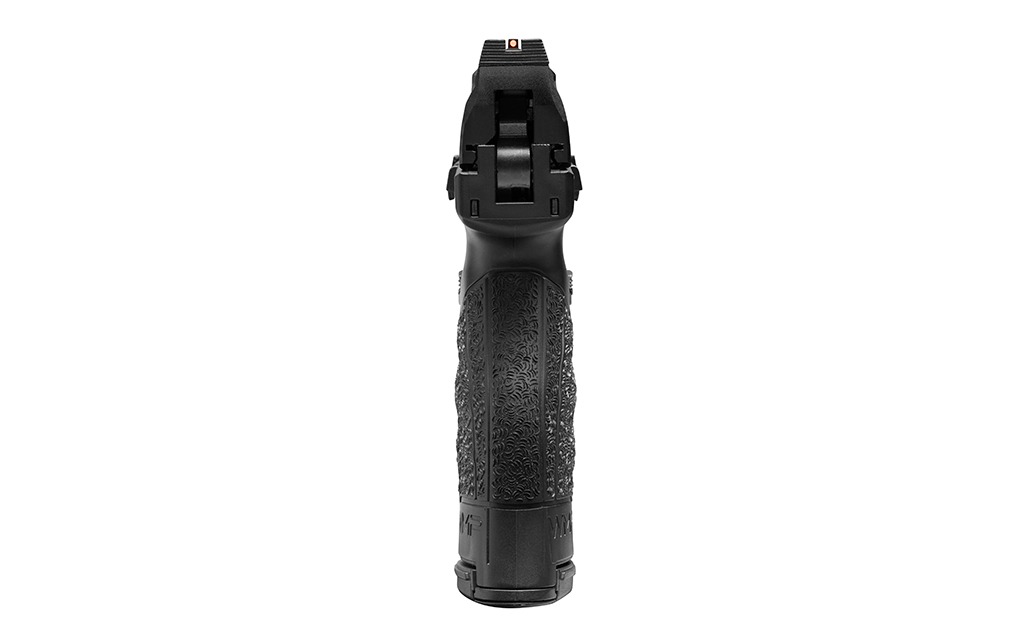

This is a key point to make in regard to the .22 Magnum: As companies like Ruger and Smith & Wesson produced full-size revolvers in .22 WMR; other companies like Bond Arms, North American Arms and High Standard made Derringers and mini revolvers with sub-1-inch barrels capable of launching the .22 Magnum. The problem here is that all these guns had much shorter barrels than their long-gun counterparts. Thus, the ammunition was poorly optimized, and while Derringers and revolvers had the reliability factor, much of the potential for power and accuracy was reduced … although you might’ve gotten an impressive fireball display at every range session.
Ammunition companies like Federal and Hornady saw this need and answered the call with new lines like Hornady Critical Defense and Federal Punch. Using improved powders and projectiles, these rounds excelled at penetration, reduced flash and threw 40-grain slugs at 1,300 or 1,800 feet per second. Having 15 rounds on-hand, as you do with the Walther WMP, is a huge advantage over revolvers and Derringers, which limit you to single-digit rounds before having to reload.
WMP At The Range
We took the WMP to the range plenty of times for target work: The accuracy is amazing; it shoots flatter than a .22 LR for a longer distance. At 25 yards, Federal Punch routinely gave a sub-2-inch group. Velocity out of the WMP averaged 1,760 fps.
The Critical Defense was somewhat slower at 1,300 fps and about as accurate. However, the lower velocity means less penetration, and Hornady Critical Defense is intended more as an expanding projectile.
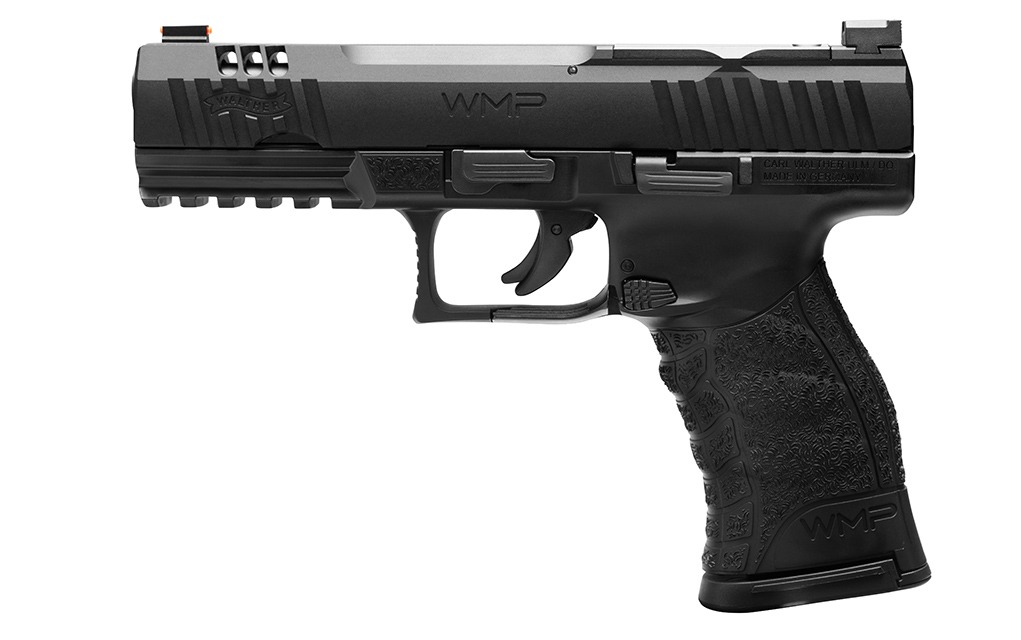

We tried some 30-grain CCI Maxi Mag rounds as well. This ammo wouldn’t be my first choice for a revolver or Derringer, but the WMP is a hammer-fired, delayed blowback semi-automatic, and it needs that extra velocity to cycle the action. Accuracy with the Maxi Mag rounds wasn’t the best, but the velocity was averaging 1,875 fps … and it was throwing some serious flame.
Walther advises against using any of the polymer-tipped ammo, such as V-MAX or any of the lower-powered selections, or snake shot—they will not cycle the action reliably. It certainly fits the bill in this regard, but it has a weak link in the armor here due to the cost of ammunition. While no ammo is truly cheap anymore, .22 Magnum is almost double the cost of its .22 LR counterparts.
Hunting With A WMP
With .22 Magnum, you get more power than the .22 LR and certainly more capacity than any revolver. This doesn’t necessarily translate to success in most hunting situations, as the penetration will ruin the meat on most small game. If your bigger concern is predators around the ranch or barn, such as coyotes, skunks, raccoons, feral dogs and the like, it’ll be more effective at making short work of these types of varmints than a .22 LR will.
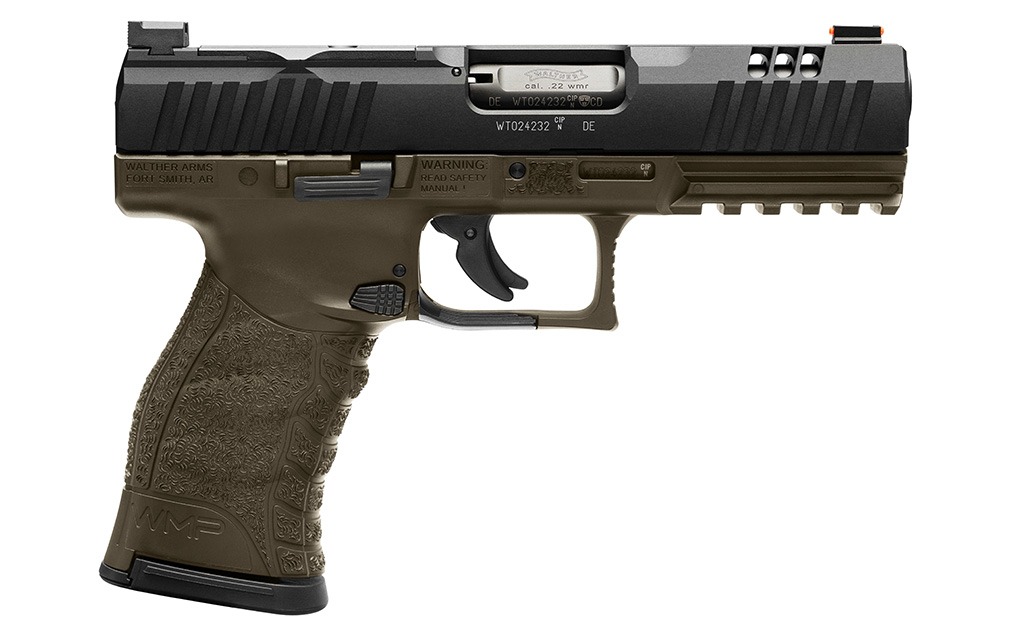

Verdict
Walther’s WMR is a solid entry for a semi-automatic pistol in .22 Magnum. It might be more expensive than the competition, such as KelTec’s PMR-30, but it’s a more accurate and better-looking pistol overall. The ability to mount a red-dot is a good one, and there are a number of companies offering leather and Kydex holsters for the WMR.
If you have the misfortune to live in a state that limits your magazine capacity, 10-round magazines are available from Walther, but note they’re still marked as holding 15 rounds even though they are blocked to limit 10.
This is ideally the equivalent of a 21st century kit gun as a semi-auto.
Editor’s Note: This article originally appeared in the October 2024 issue of Gun Digest the Magazine.
More On .22 Magnum:


Next Step: Get your FREE Printable Target Pack
Enhance your shooting precision with our 62 MOA Targets, perfect for rifles and handguns. Crafted in collaboration with Storm Tactical for accuracy and versatility.
Subscribe to the Gun Digest email newsletter and get your downloadable target pack sent straight to your inbox. Stay updated with the latest firearms info in the industry.
Read the full article here

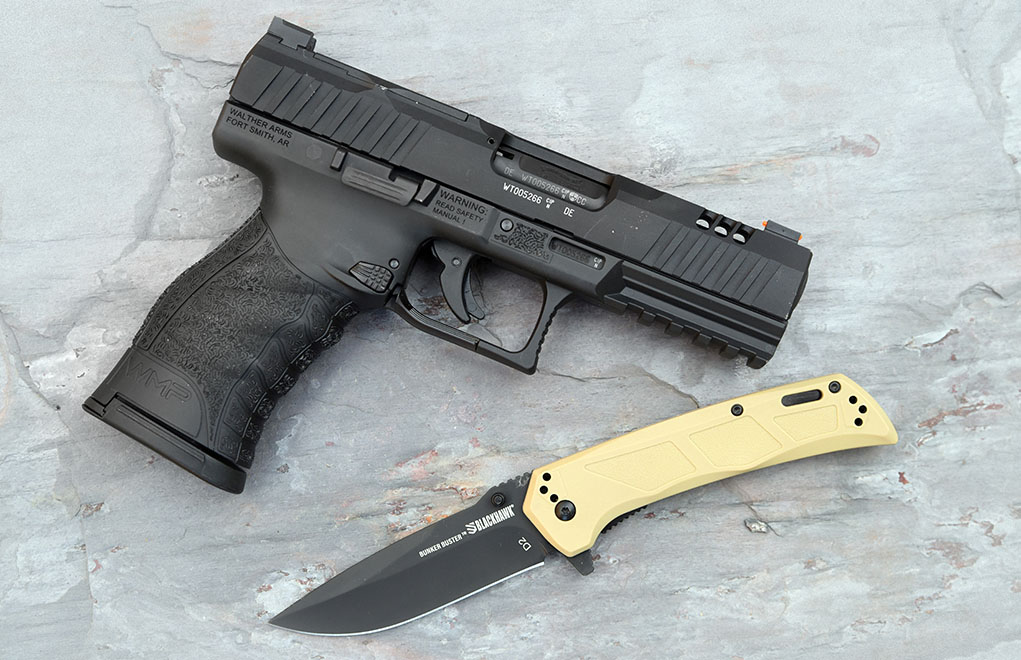







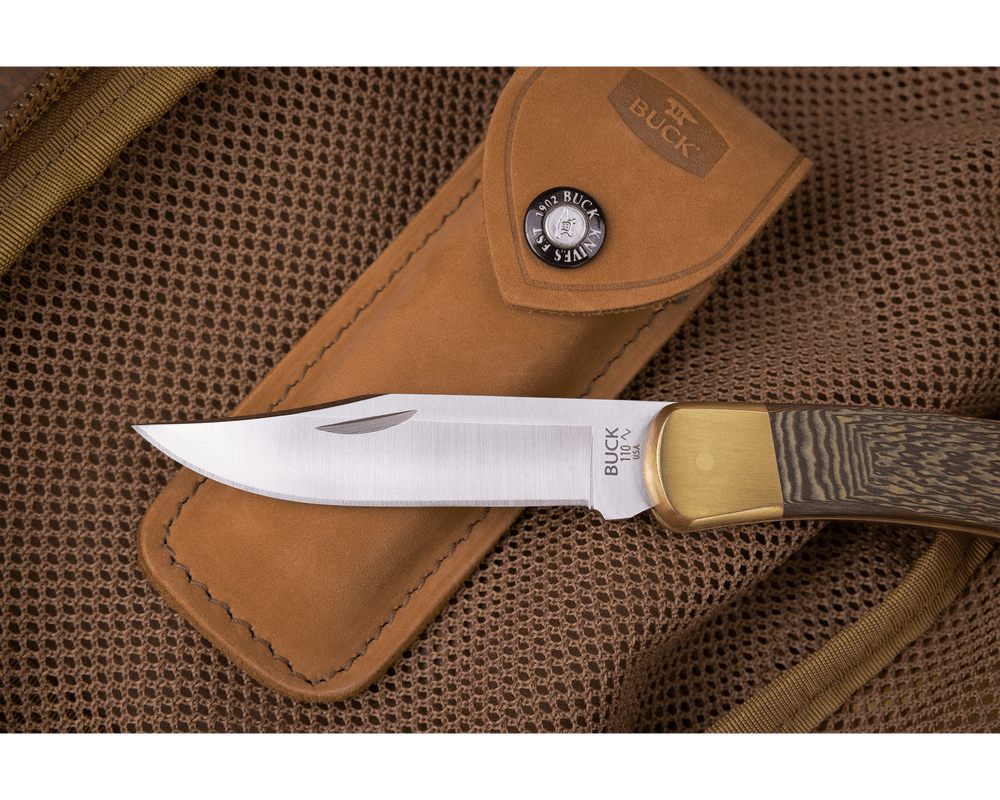

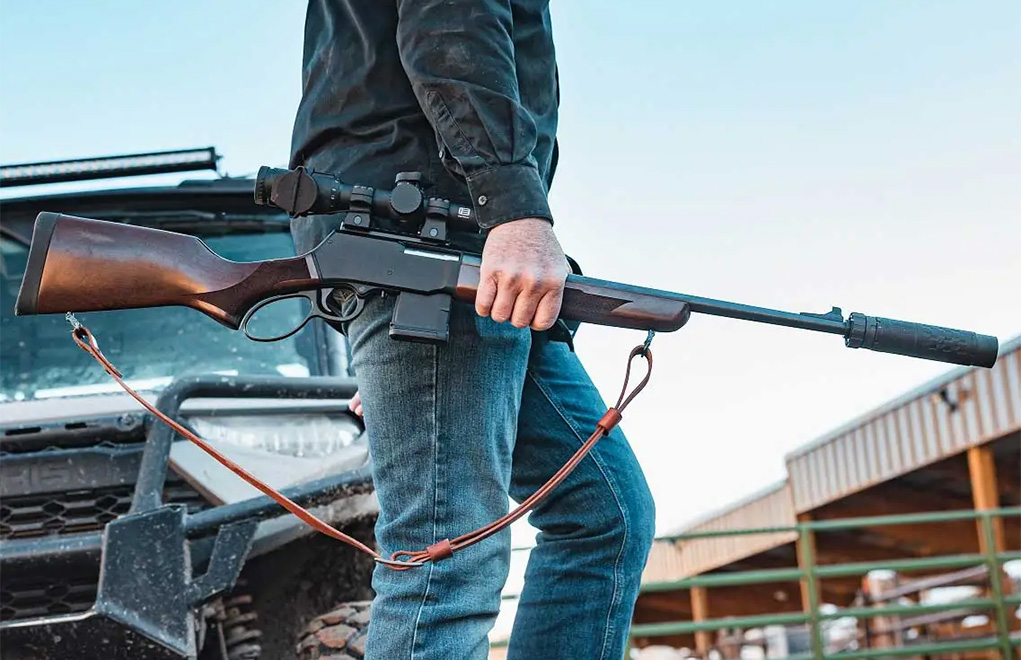
Leave a Reply